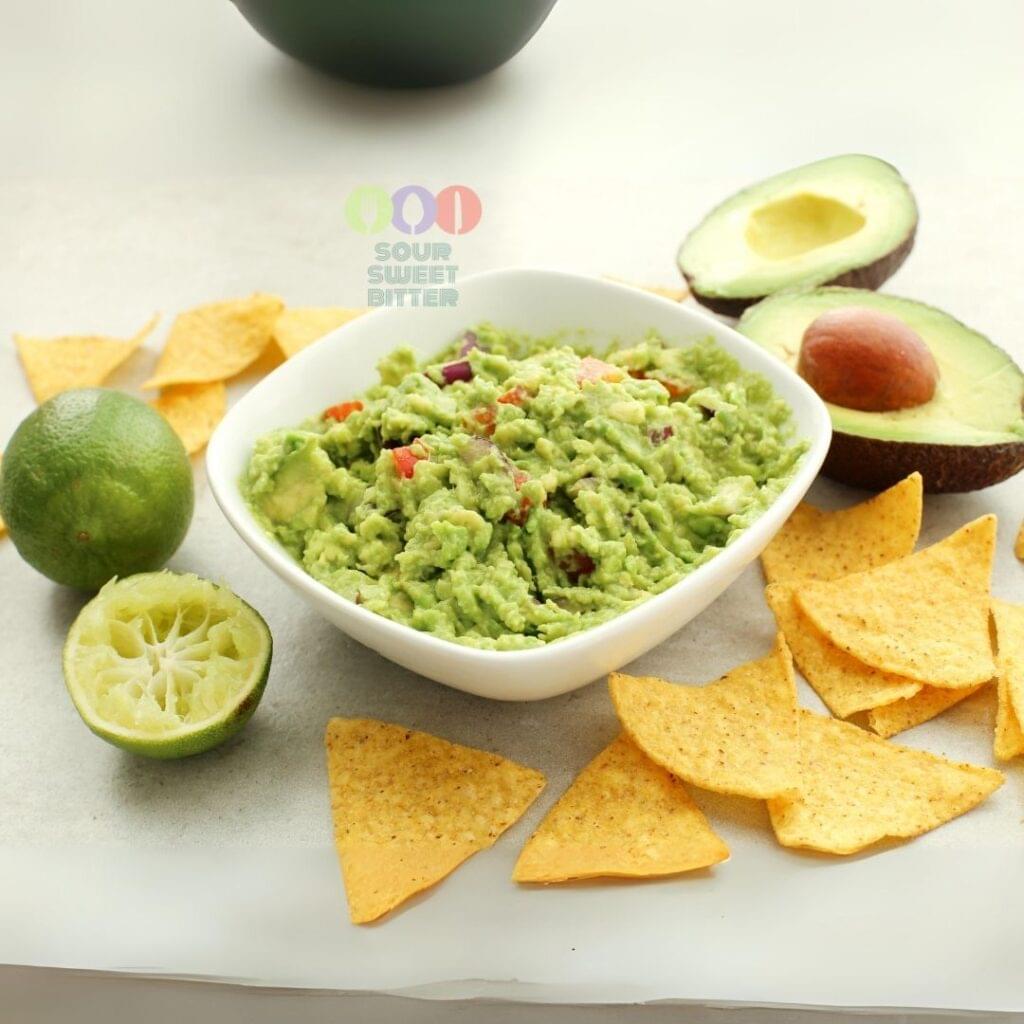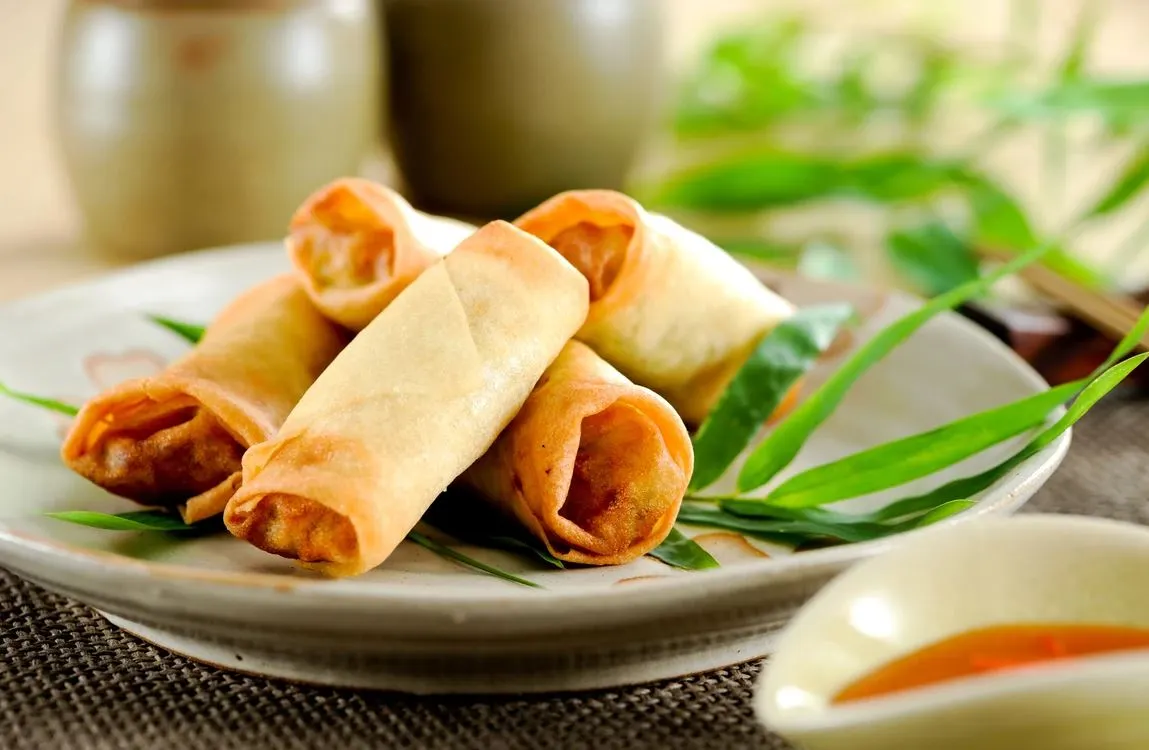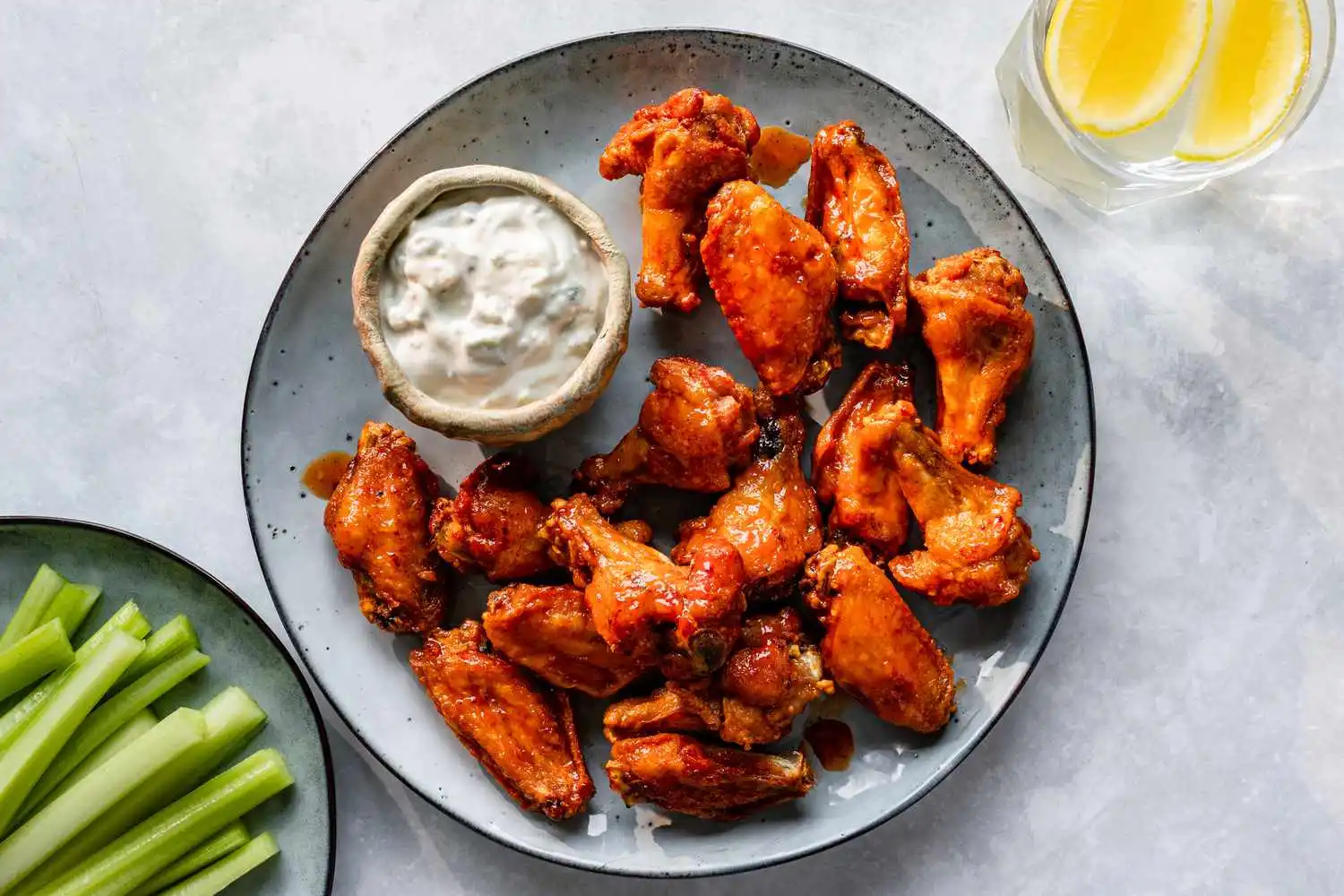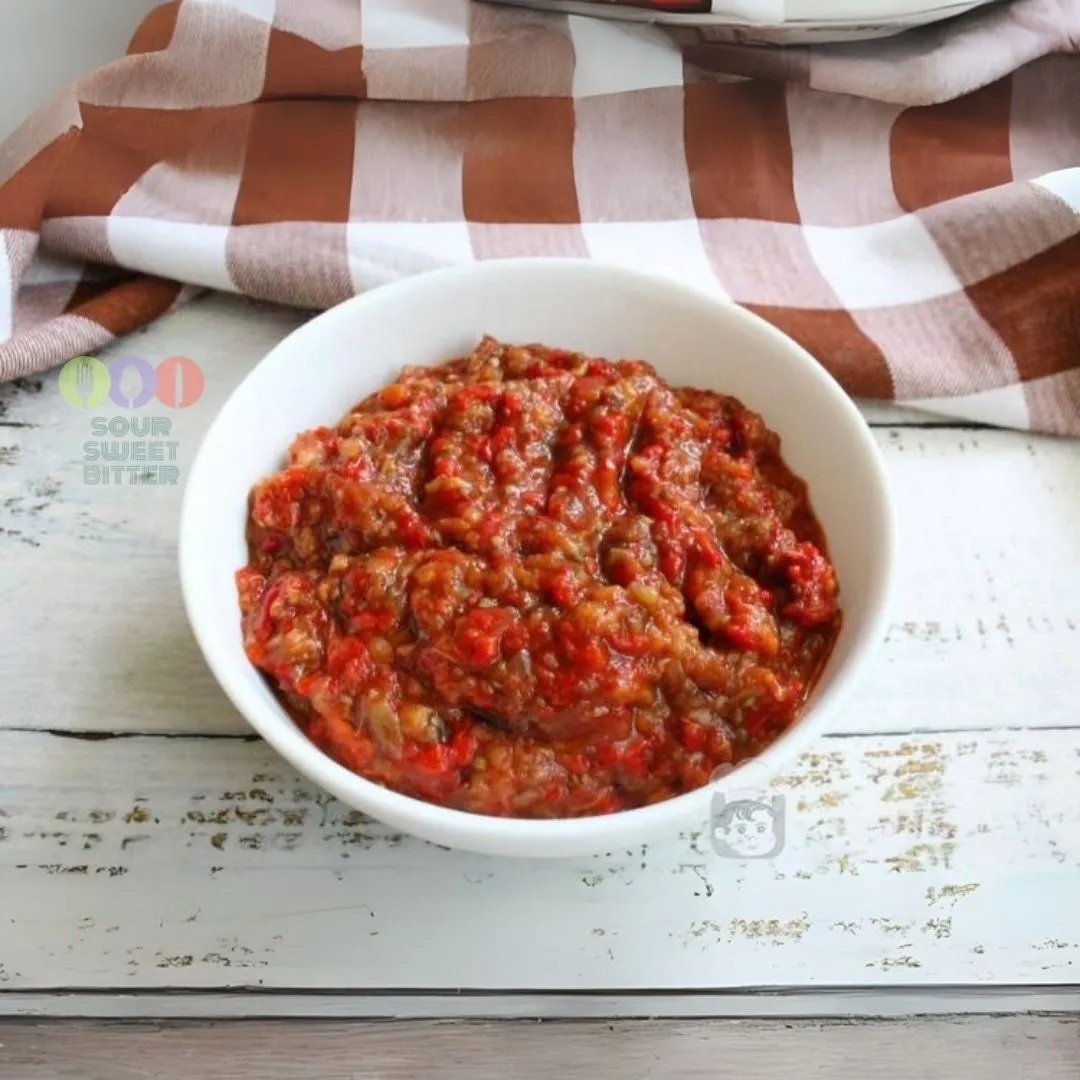Mexican Guacamole: A Timeless Culinary Icon
A Bite of History
Guacamole is more than just a dip—it’s a piece of history. This iconic Mexican dish dates back to the Aztecs, who cultivated avocados in central Mexico. They called it “ahuacamolli,” which means “avocado sauce.” Avocados were prized not just for their taste but also for their nutritional value and supposed aphrodisiac qualities. After the Spanish conquest, guacamole spread across Mexico, adapting over time but never losing its ancient roots.
A Cultural Staple for Every Occasion
In Mexico, guacamole is a must-have at family gatherings, fiestas, and holidays. It’s not just food; it’s a celebration of togetherness. Whether it’s served with tortilla chips, inside tacos, or alongside grilled meats, guacamole adds a burst of flavor to any meal. Making guacamole is often a communal activity, with friends and family gathering around to mash the avocados and mix in the other fresh ingredients. This shared experience makes it more than just a dish—it’s a bonding ritual.
The Perfect Balance of Flavor
Guacamole’s magic lies in its simplicity. The creamy avocado, the tangy lime, the crisp onions, and the fresh cilantro come together in perfect harmony. Each region in Mexico has its twist on the recipe. Some add tomatoes or chili peppers for extra heat, while others might include pomegranate seeds or even tropical fruits like mango. These variations showcase the creativity and agricultural richness of different areas.
Taking Over the World
Guacamole’s deliciousness isn’t confined to Mexico. It’s now a global favorite, featured prominently in Mexican restaurants worldwide. This journey from a local specialty to an international sensation highlights its universal appeal. Today, guacamole is also a symbol of Mexican pride, especially since avocados have become one of the country’s major exports.
More Than Just a Dip
Guacamole embodies Mexican history, culture, and the joy of sharing. From its ancient Aztec origins to its prominent place in modern cuisine, it holds a special spot in the hearts of many. Whether you’re making it at home or enjoying it at a gathering, guacamole is a timeless dish that continues to bring people together, one scoop at a time.
Discover Traditional Mexican Recipes Discover Traditional Recipes from North America You may like this also: German Obatzda
Mexican Guacamole
Ingredients
Instructions
-
Cut the avocados in half, remove the pit, and scoop the flesh into a bowl. Using a fork, mash the avocados to your desired consistency. Some prefer a chunky texture, while others like it smoother.
-
Add the finely chopped onion, serrano chilies, and cilantro to the mashed avocados. If using garlic and tomato, add them as well.
-
Squeeze in the lime juice and add salt to taste. Lime juice not only adds flavor but also helps prevent the avocados from browning.
-
Mix all ingredients thoroughly. Taste and adjust seasoning if needed. Serve immediately with tortilla chips or as a side dish to complement other Mexican dishes.
-
Your homemade traditional Guacamole is ready. ¡Buen provecho!











